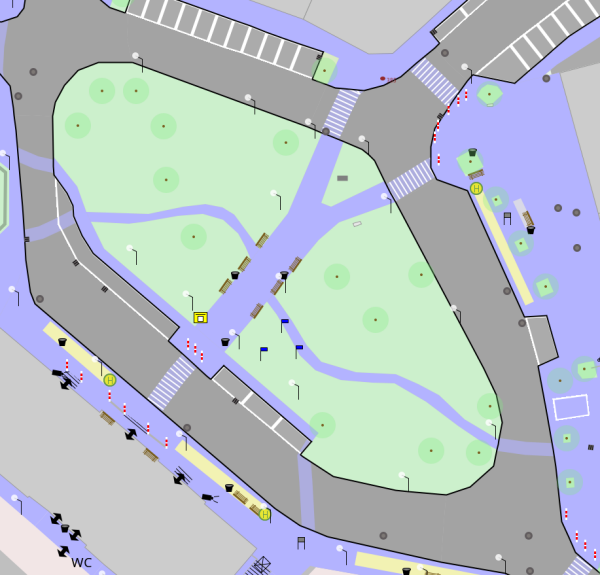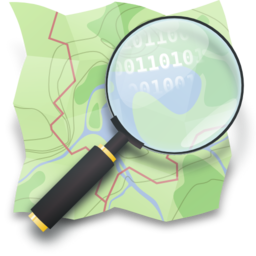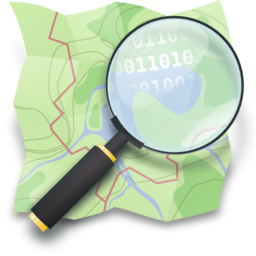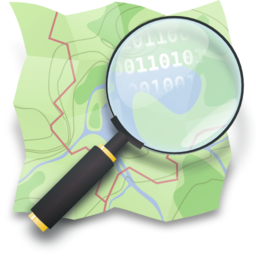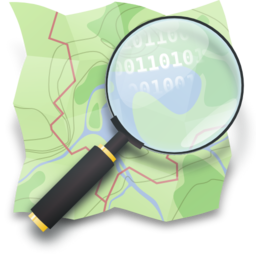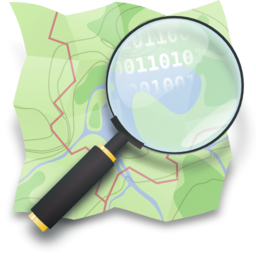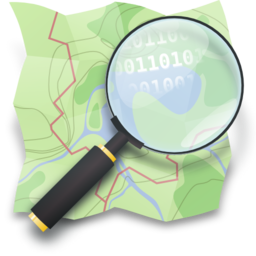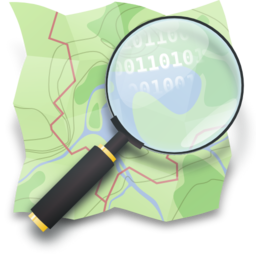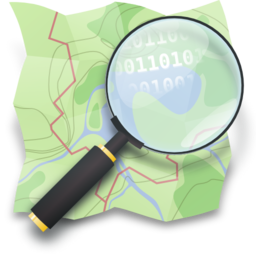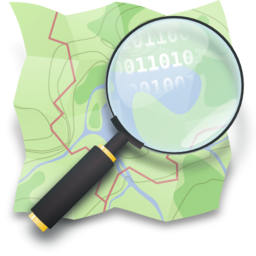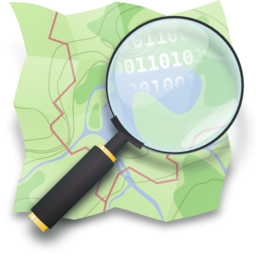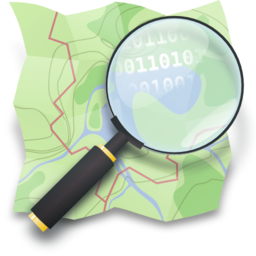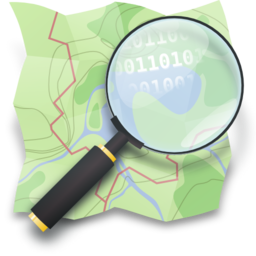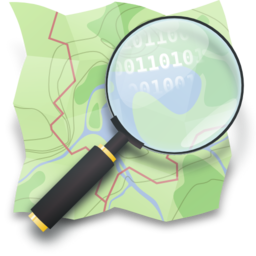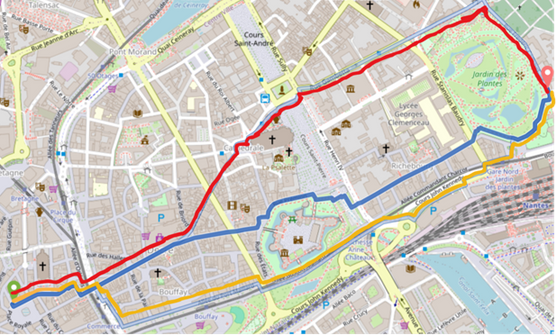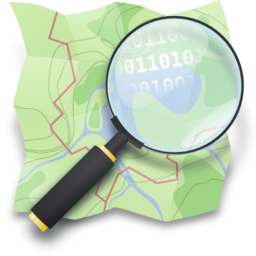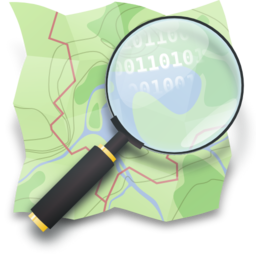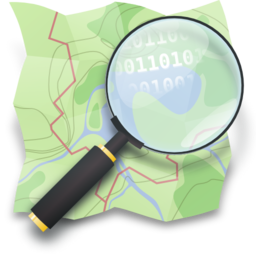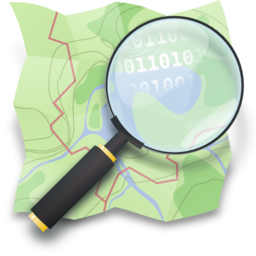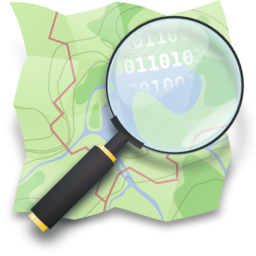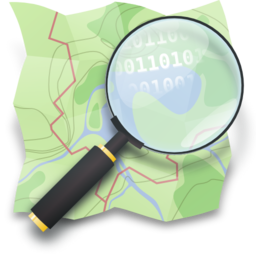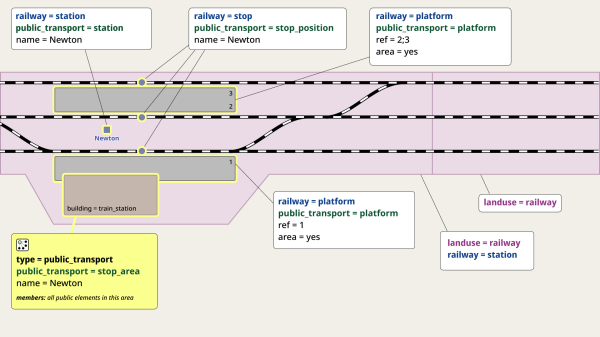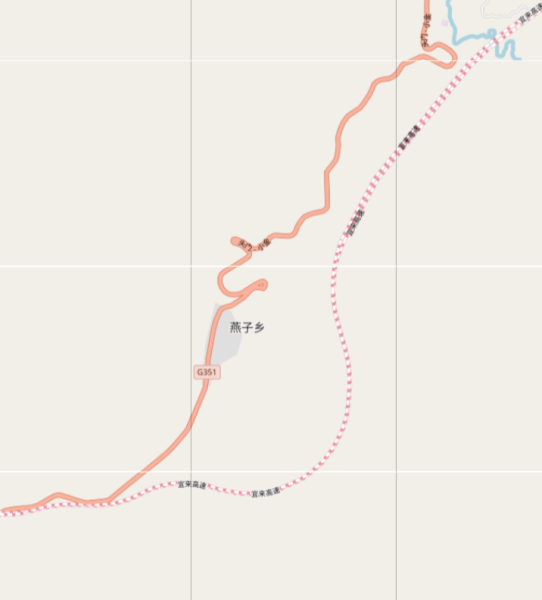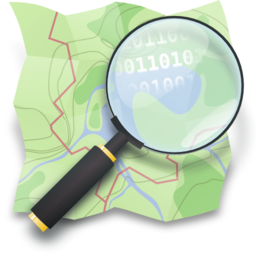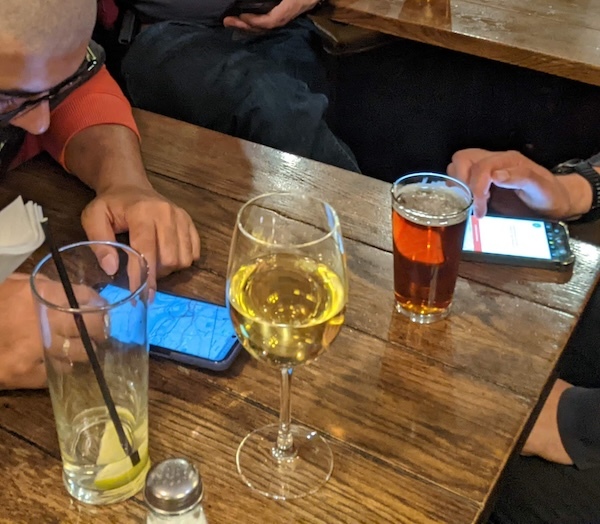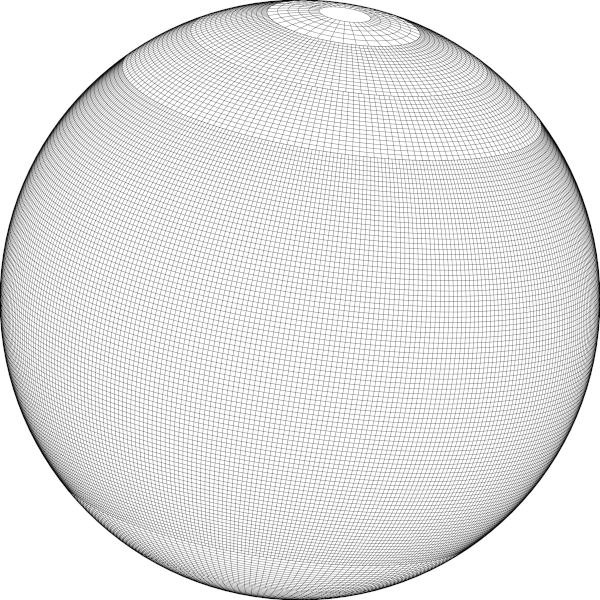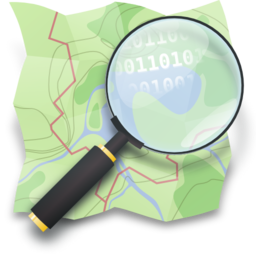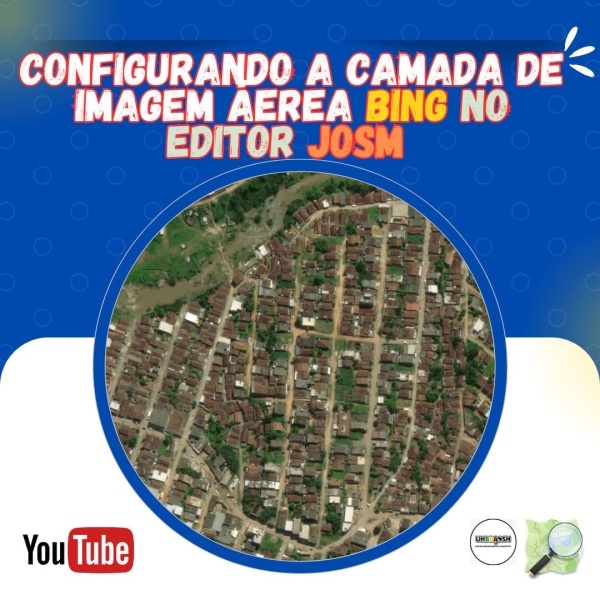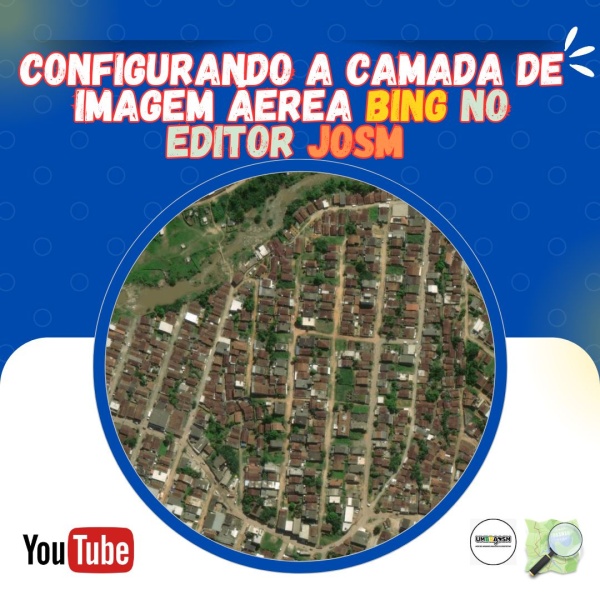This blog post is part of a series of blog posts about the new OSM file format OMA. This is the last post. At the end of the article youll find links to the other blog entries.
Hello, I have completed work for the first part of the project. Central Wilson and the length of Fish Creek road have reached a point where roads, driveways, structures, and water features have been thoroughly digitized. Check it out and let me know what you think! :) I am sure there are some things I’ve overlooked and maybe some mistakes in these areas. However, given that they are seeing a fair amount of development, I will likely be returning to them soon to update and double check for possible mistakes. I do have a question for you all out there, more experienced than me. I have come to despise the existing residential-landuse areas in Wilson. They are a mess and seem to be quite outdated. I would be more than willing to fix or make new ones, but I don’t know if there is a specific way to go about that kind of thing. Do they need to be based on any administrative boundaries or are they a more arbitrary area? As for what’s next in the project, I am moving east to the Stilson area to fill in completely missing neighborhoods, improve roads, add water features, etc. I will give the next update once completed.
The relationship between municipalities and populated places in the United States is often not obvious, especially in New England due to the naming of their local governments. Naming them towns has blurred the distinction of populated places and municipal governments, when in reality, a clear distinction can be made between the two.
First, let’s look at the things almost everyone should agree with. Nodes tagged with a “place” tag can be referred to as “populated places”, or named concentrations of people. The GNIS definition of a populated place says it best: “Place or area with clustered or scattered buildings and a permanent human population (city, settlement, town, village). A populated place is usually not incorporated and by definition has no legal boundaries. However, a populated place may [correspond with a] “civil” [entity], the legal boundaries of which may or may not coincide with the perceived populated place. Distinct from Census [places] and Civil [entities].” In other words, nodes with a place tag refer to a human settlement, NOT to a municipality. They are the places one might see on a green direction sign while on the road. The exception to this is if the municipal boundary corresponds to the extent of the populated place, which is the norm in most states.
However, in New England, town boundaries are usually formed out of straight lines and rivers, not with the intention of delineating the boundary of a populated place. Therefore, even if a town shares a name with a populated place within its borders, the populated place will not always fill the entire municipality, leaving room for other populated places to fill the rural areas. Some municipalities even lack a populated place with the same name as it. This leads to there being no 1:1 correspondence between municipalities and populated places in New England.
Before we explore some real-world examples, I would like to categorize each scenario. The possible cases for a municipality are: 1. A municipal boundary corresponds directly to a populated place’s boundary (most common in urbanized areas); 2. A municipality contains a populated place with the same name, but that place is not coterminous with the municipality; 3. A municipality does not contain a populated place with the same name. 4. A populated place is not within a municipality of the same name.
An example of scenario 1 is Nashua, New Hampshire. Nashua is the second-most populous city in New Hampshire, and it has grown to fill the entirety of its city limits, houses filling every corner of the city. Another example of scenario 1 is Woonsocket, Rhode Island, an important city of the state. Unlike many municipalities in New England, Woonsocket’s boundaries appear to have been drawn around the physical limits of the populated place. In the case of Nashua and Woonsocket, they should be tagged as place=city due to their regional significance; however, smaller category 1 places should be tagged as such. Any other populated place within the municipality should be a place=suburb/quarter/neighborhood.
An example of scenario 2 is the Town of Voluntown, Connecticut. Voluntown does happen to correspond to a populated place located in the west of the Town. However, it makes up only a small section of the municipality. Another example of scenario 2 is Lincoln, Vermont. The populated place of Lincoln is tiny and centered around a Methodist church near the geographical center of the town. The populated place of Lincoln is also represented by a census-designated place of the same name. Much of the town is rural wilderness, putting it soundly in category 2. Each populated place within the town should be tagged as place=town/village/hamlet, depending on the significance and available amenities.
An example of scenario 3 is Griswold, Connecticut. There are a few populated places within the Town of Griswold, including Glasgo, Hopeville, and Pachaug, but none are actually called Griswold. Their town hall is located within the Borough of Jewett City, a category 1 place. Griswold should not receive a place node since there are no populated places known as Griswold. The municipal boundary shall suffice.
One example of scenario 4 is Shelburne Falls, Massachusetts. Shelburne Falls is a village within the Town of Shelburne. Shelburne Falls is unique in that it is much larger than the Town’s center. However, this does not distinguish it from other category 4 populated places. It should still be tagged as place=village (due to its size), not as a suburb or a neighborhood. It is a distinct community from the tiny hamlet of Shelburne. Another example is Shin Pond, Maine, located in the Town of Mount Chase. Shin Pond, a community distinct from the Mount Chase populated place, should be mapped as a place=village or place=hamlet.
In summary, not every New England town corresponds 1:1 with a populated place. Just like other states, the populated places of New England are not dispersed perfectly evenly; some variation can be seen. Therefore, we should conform our tagging schemes to how our communities developed naturally, not by how they are governed. And most of all, we should not fabricate populated places on the map.
First, let’s look at the things almost everyone should agree with. Nodes tagged with a “place” tag can be referred to as “populated places”, or named concentrations of people. The GNIS definition of a populated place says it best: “Place or area with clustered or scattered buildings and a permanent human population (city, settlement, town, village). A populated place is usually not incorporated and by definition has no legal boundaries. However, a populated place may [correspond with a] “civil” [entity], the legal boundaries of which may or may not coincide with the perceived populated place. Distinct from Census [places] and Civil [entities].” In other words, nodes with a place tag refer to a human settlement, NOT to a municipality. They are the places one might see on a green direction sign while on the road. The exception to this is if the municipal boundary corresponds to the extent of the populated place, which is the norm in most states.
However, in New England, town boundaries are usually formed out of straight lines and rivers, not with the intention of delineating the boundary of a populated place. Therefore, even if a town shares a name with a populated place within its borders, the populated place will not always fill the entire municipality, leaving room for other populated places to fill the rural areas. Some municipalities even lack a populated place with the same name as it. This leads to there being no 1:1 correspondence between municipalities and populated places in New England.
Before we explore some real-world examples, I would like to categorize each scenario. The possible cases for a municipality are: 1. A municipal boundary corresponds directly to a populated place’s boundary (most common in urbanized areas); 2. A municipality contains a populated place with the same name, but that place is not coterminous with the municipality; 3. A municipality does not contain a populated place with the same name. 4. A populated place is not within a municipality of the same name.
An example of scenario 1 is Nashua, New Hampshire. Nashua is the second-most populous city in New Hampshire, and it has grown to fill the entirety of its city limits, houses filling every corner of the city. Another example of scenario 1 is Woonsocket, Rhode Island, an important city of the state. Unlike many municipalities in New England, Woonsocket’s boundaries appear to have been drawn around the physical limits of the populated place. In the case of Nashua and Woonsocket, they should be tagged as place=city due to their regional significance; however, smaller category 1 places should be tagged as such. Any other populated place within the municipality should be a place=suburb/quarter/neighborhood.
An example of scenario 2 is the Town of Voluntown, Connecticut. Voluntown does happen to correspond to a populated place located in the west of the Town. However, it makes up only a small section of the municipality. Another example of scenario 2 is Lincoln, Vermont. The populated place of Lincoln is tiny and centered around a Methodist church near the geographical center of the town. The populated place of Lincoln is also represented by a census-designated place of the same name. Much of the town is rural wilderness, putting it soundly in category 2. Each populated place within the town should be tagged as place=town/village/hamlet, depending on the significance and available amenities.
An example of scenario 3 is Griswold, Connecticut. There are a few populated places within the Town of Griswold, including Glasgo, Hopeville, and Pachaug, but none are actually called Griswold. Their town hall is located within the Borough of Jewett City, a category 1 place. Griswold should not receive a place node since there are no populated places known as Griswold. The municipal boundary shall suffice.
One example of scenario 4 is Shelburne Falls, Massachusetts. Shelburne Falls is a village within the Town of Shelburne. Shelburne Falls is unique in that it is much larger than the Town’s center. However, this does not distinguish it from other category 4 populated places. It should still be tagged as place=village (due to its size), not as a suburb or a neighborhood. It is a distinct community from the tiny hamlet of Shelburne. Another example is Shin Pond, Maine, located in the Town of Mount Chase. Shin Pond, a community distinct from the Mount Chase populated place, should be mapped as a place=village or place=hamlet.
In summary, not every New England town corresponds 1:1 with a populated place. Just like other states, the populated places of New England are not dispersed perfectly evenly; some variation can be seen. Therefore, we should conform our tagging schemes to how our communities developed naturally, not by how they are governed. And most of all, we should not fabricate populated places on the map.
Is there anyone here? Lol
Would be cool to take a state on and edit for the next 10-20 years. This project is cool. I love the idea of a free map for everyone and anyone to edit.
Would be cool to take a state on and edit for the next 10-20 years. This project is cool. I love the idea of a free map for everyone and anyone to edit.
https://legistarweb-production.s3.amazonaws.com/uploads/attachment/pdf/3284751/Staff_Report_FP20200052_-_Eastridge_Phase_4_w_exhibits.pdf
https://legistarweb-production.s3.amazonaws.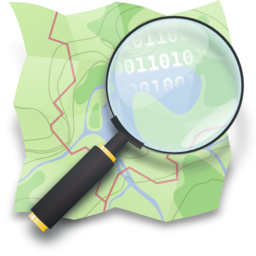
https://legistarweb-production.s3.amazonaws.

Final Plat - Eastridge Phase 4
https://legistarweb-production.s3.amazonaws.com/uploads/attachment/pdf/3284751/Staff_Report_FP20200052_-_Eastridge_Phase_4_w_exhibits.pdf https://legistarweb-production.s3.amazonaws.OpenStreetMap
https://legistarweb-production.s3.amazonaws.com/uploads/attachment/pdf/3284699/Staff_Report_FP20253063_-_Morning_Ridge_Phase_3_w_exhibits.pdf
https://legistarweb-production.s3.amazonaws.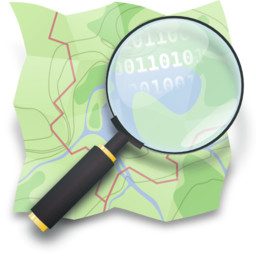
https://legistarweb-production.s3.amazonaws.

Final Plat - Morning Ridge Phase 3
https://legistarweb-production.s3.amazonaws.com/uploads/attachment/pdf/3284699/Staff_Report_FP20253063_-_Morning_Ridge_Phase_3_w_exhibits.pdf https://legistarweb-production.s3.amazonaws.OpenStreetMap
I will be in epworth for a month so i started to map out stuff. Later i will be down south.
Ive fixed some accidental error introduced in changeset 165092634 by user Hooptie Bike Lounge.
Gearing Up for SOTM 2025 – See You in Manila (Important Links)
Its difficult to write in all map style languages. A style written in JSON, like MapLibre, has a few extra pain points because JSON is not designed for editing by humans.
I heard for OSM before, but i just started to use it. And loving it for now. Installed it locally via docker in couple of minutes.
I am happy to contribute to the cause!
I am happy to contribute to the cause!
This blog post explains how I handle a typical bug report for the new OSMF Shortbread tiles. Here, I focus on the island seems to be missing from place_labels report from SomeoneElse
Once I had a concept to render gabled roofs in 3D with OSMgo.org but it did not work. Often the roof looked like broken down. After a long time of abandoning OSMgo, I found a “working” solution and used it in my code.
This blog post is part of a series of blog posts about the new OSM file format OMA. This is the seventh post. At the end of the article youll find links to the other blog entries.
This post is the result of a student project. The work was done by the following group of students: Alice Rey, Jihene Haj Hamouda, Yahia Heni, Mohammed El Mehdi Alaoui, Kaies Mhadhbi.
Simple 3D buildings
They are ofcourse not M4TR as you use the building=yes tag and you add colours, height and roof shapes.
But for more complicated buildings?
What if there is an apartment building with different colours? Am i allowed to use building:part=yes for each colour? Or is that M4TR?
Monuments
Monuments can be a little sad to just se as a square or even a node, so could i map them in 3D? That sure is M4TR, but we want to map how it is in reality. So therefore it should be allowed? Right?
How an algorithm from the 80s sets the new standard for modern spatial indices
Overpass turbo https://overpass-turbo.eu/?Q=%5Bout%3Ajson%5D%5Btimeout%3A25%5D%3B%0A%2F%2F%20Gather%20results%20within%20the%20current%20map%20view%0A%28%0A%20%20node%5B%7E%22%5Eaddr%3A.*%22%7E%22.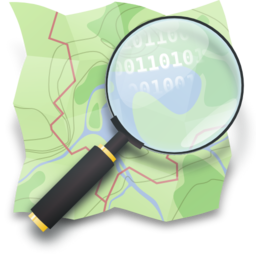

Address nodes
Overpass turbo https://overpass-turbo.eu/?Q=%5Bout%3Ajson%5D%5Btimeout%3A25%5D%3B%0A%2F%2F%20Gather%20results%20within%20the%20current%20map%20view%0A%28%0A%20%20node%5B%7E%22%5Eaddr%3A.*%22%7E%22.OpenStreetMap
At this point I’ve officially mapped out half of Bell Island, Newfoundland. Although I’m geographically halfway, the southern portion which I’ve mapped out is much less geospatially dense than the northern portion, so I’d estimate I’m about a third of the way through this project.
The ID Editor has been very intuitive so far in this process, and I have also learned a bit on how to use the JOSM editor for more specific geospatial processes. One thing I have yet to figure out is the display order of overlapping features, however I believe this is tweaked through the relations mechanic in the ID editor.
So far the minimal existing geospatial data that is present in this area has been accurate for the most part, with only slight alterations required to match the current satellite data that I’m basing my new features off of. That being said, quality varies, and it’s clear that some of these features were one-off additions by likely inexperienced users.
I think I’ll be able to keep up this mapping pace for the foreseeable future, so this project will hopefully get within the mopping up phase within a couple of months.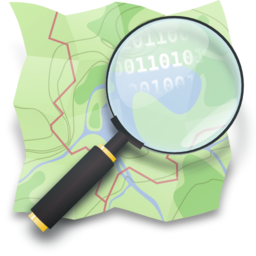
The ID Editor has been very intuitive so far in this process, and I have also learned a bit on how to use the JOSM editor for more specific geospatial processes. One thing I have yet to figure out is the display order of overlapping features, however I believe this is tweaked through the relations mechanic in the ID editor.
So far the minimal existing geospatial data that is present in this area has been accurate for the most part, with only slight alterations required to match the current satellite data that I’m basing my new features off of. That being said, quality varies, and it’s clear that some of these features were one-off additions by likely inexperienced users.
I think I’ll be able to keep up this mapping pace for the foreseeable future, so this project will hopefully get within the mopping up phase within a couple of months.

Mapping Bell Island #2: Midway Point
At this point Ive officially mapped out half of Bell Island, Newfoundland. Although Im geographically halfway, the southern portion which Ive mapped out is much less geospatially dense than the northern portion, so Id estimate Im about a third of the…OpenStreetMap
Belfast Maine - Little City by the Water
Hello! I have just started getting into OpenStreetMap in the last few days, I absolutely love the way it works, and love to map out different towns. I lived in the town of Belfast, Maine for many years and visit this town so it holds a special part to me.
I’ve been adding all the “Downtown” houses that aren’t mapped, they are just Address points, and different new Houses, roads ETC. I just found out last night that I can actually MERGE address points with areas for houses so it’ll speed the process up a lot for me.
I have mapped out multiple different areas in Kilmeaden, Portlaw and Kilmacthomas. Quite a bit of these areas were already mapped out so I modified and updated many roads and buildings.
I have mapped out different areas in Kilmeaden and Portlaw. Quite a bit of these areas were already mapped out so I modified and updated many roads and buildings.
This is inspired by laambda19s diary post on their mapping project, I want to document my work the same way with clear examples of before and after, adding more detail to the Bulawayo map.
Overpass turbo code
https://overpass-turbo.eu/?Q=%5Bout%3Ajson%5D%5Btimeout%3A25%5D%3B%0A%28%0A%20%20way%0A%20%20%20%20%5B%22tunnel%22%5D%0A%20%20%20%20%5B%22tunnel%22%7E%22%5Eyes%24%7C%5Eculvert%24%22%5D%0A%20%20%20%20%5B%21%22culvert%22%5D%0A%20%20…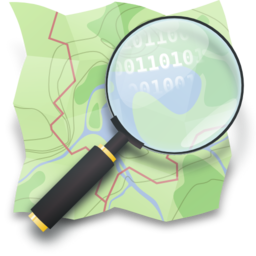
https://overpass-turbo.eu/?Q=%5Bout%3Ajson%5D%5Btimeout%3A25%5D%3B%0A%28%0A%20%20way%0A%20%20%20%20%5B%22tunnel%22%5D%0A%20%20%20%20%5B%22tunnel%22%7E%22%5Eyes%24%7C%5Eculvert%24%22%5D%0A%20%20%20%20%5B%21%22culvert%22%5D%0A%20%20…

Tunnels without specification
Overpass turbo code https://overpass-turbo.eu/?Q=%5Bout%3Ajson%5D%5Btimeout%3A25%5D%3B%0A%28%0A%20%20way%0A%20%20%20%20%5B%22tunnel%22%5D%0A%20%20%20%20%5B%22tunnel%22%7E%22%5Eyes%24%7C%5Eculvert%24%22%5D%0A%20%20%20%20%5B%21%22culvert%22%5D%0A%20%20…OpenStreetMap
This is a overpass turbo script
https://overpass-turbo.eu/index.html?Q=%5Bout%3Ajson%5D%5Btimeout%3A25%5D%3B%0A%2F%2F%20fetch%20waterways%20excluding%20those%20tagged%20intermittent%3Dyes%0A%28%0A%20%20way%5B%22waterway%22%7E%22%5E%28stream%7Cditch%…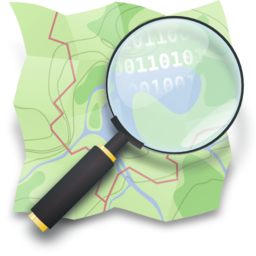
https://overpass-turbo.eu/index.html?Q=%5Bout%3Ajson%5D%5Btimeout%3A25%5D%3B%0A%2F%2F%20fetch%20waterways%20excluding%20those%20tagged%20intermittent%3Dyes%0A%28%0A%20%20way%5B%22waterway%22%7E%22%5E%28stream%7Cditch%…

Waterways without Intermittent
This is a overpass turbo script https://overpass-turbo.eu/index.html?Q=%5Bout%3Ajson%5D%5Btimeout%3A25%5D%3B%0A%2F%2F%20fetch%20waterways%20excluding%20those%20tagged%20intermittent%3Dyes%0A%28%0A%20%20way%5B%22waterway%22%7E%22%5E%28stream%7Cditch%…OpenStreetMap
I’ve suggested an updated version of the diagrams explaining the tagging of railway stations. The goal is to make them simpler to understand, especially for newcomers, without losing the core meaning.
This is the first entry in a series of Chineese towns I plan to map out.
New Opportunity to join HOT Board of Directors
On Tuesday we had a London pub meet-up. We are still doing this every couple of months. I stopped writing diary entries about them, but for some reason (for your enjoyment!) Ive decided to write about this one. So here goes:
This blog post is part of a series of blog posts about the new OSM file format OMA. This is the sixth post. At the end of the article youll find links to the other blog entries.
Before 2011, if you asked most cartography professionals, they’d say OpenStreetMap was a toy. The turning point for me was a photo of a firefighter from a search and rescue team using a handheld GPS device—they used OSM maps to coordinate efforts aft…
🎉 We’re honored to share that our chapter has received the Mapping Metrics Award 2024 from YouthMappers! 🏆🗺️
This recognition celebrates high-performing chapters making consistent and quality contributions to OpenStreetMap — and we’re proud to be amo…
This recognition celebrates high-performing chapters making consistent and quality contributions to OpenStreetMap — and we’re proud to be amo…
Ao utilizar o JOSM para editar o OpenStreetMap, é essencial contar com boas imagens de fundo para garantir a precisão do mapeamento. A camada de imagens aéreas da Bing é uma das mais populares entre mapeadores por sua boa resolução e ampla cobertura.
Quick Guide: Enabling Bing Aerial Imagery in JOSM.
🌍 From Streets to Startups: How OpenStreetMap Data Fueled Youth Innovation in Tanzania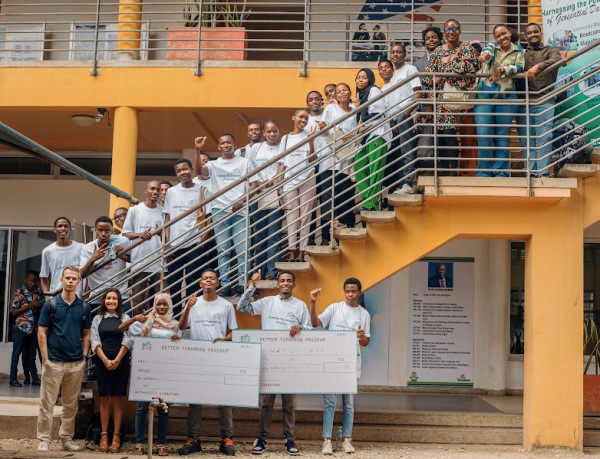

🌍 From Streets to Startups: How OpenStreetMap Data Fueled Youth Innovation in Tanzania
March 2025 wasn’t just the end of a cohort—it marked the beginning of a movement.OpenStreetMap
